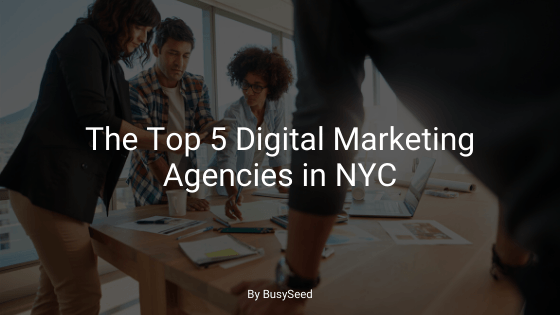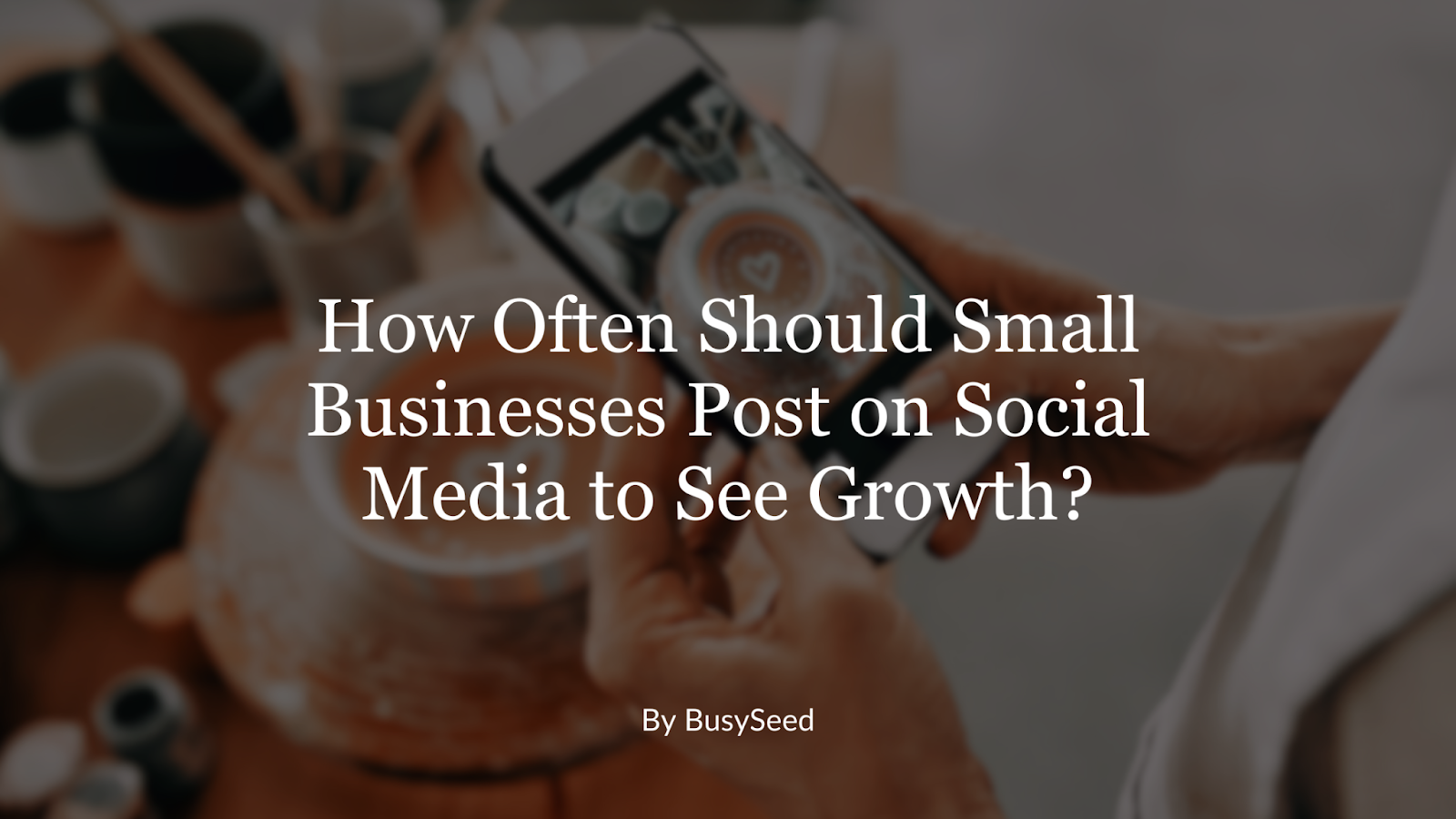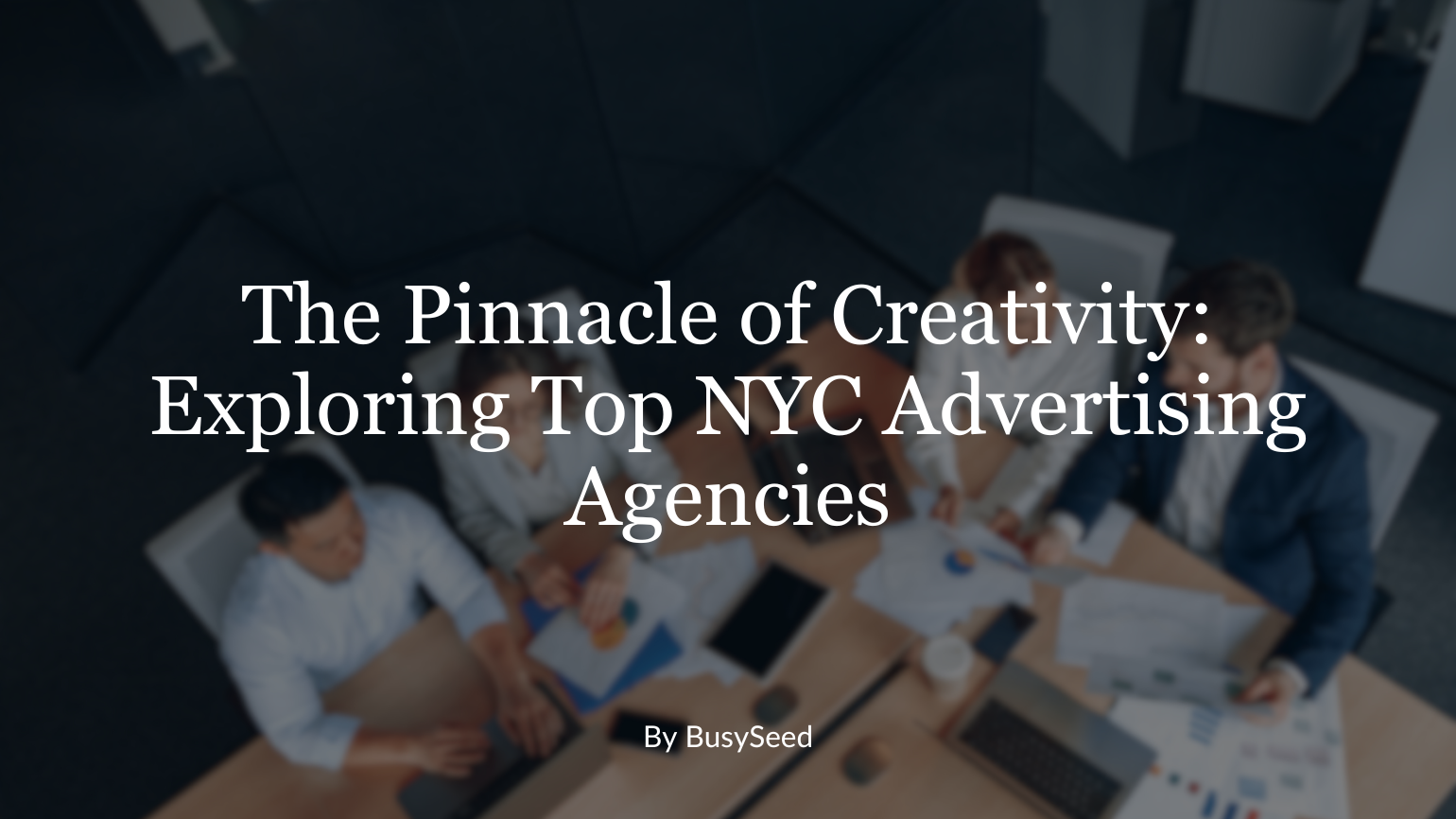8 Effective Branding Tips for Financial Services
Financial services marketing is a whole new world from traditional marketing.
While most industries center around resolving problems through a product, financial companies are selling skills and solutions. You are advertising your services to help people face some of their most challenging obstacles, so you need messaging that’s empathetic, approachable, and, most importantly, trustworthy.
With marketing regulations instituted by the Consumer Financial Protection Bureau (CFPB) and Federal Deposit Insurance Corporation (FDIC), you have to be well-versed in modern marketing trends
and mandatory requirements.
So, how can you create a strong brand that builds trust with your audience and generates a profit?
Here are 8 branding tips for any business looking to bolster their financial services marketing strategy.
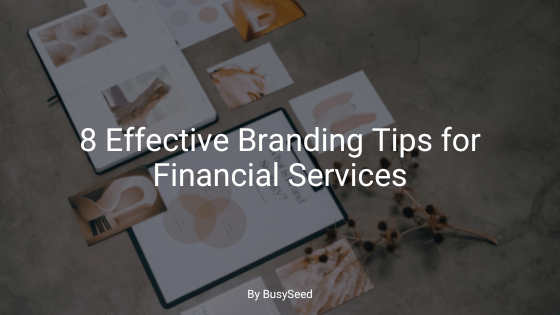
1. Put Education First
Host webinars, post tips on Instagram and Facebook, and publish informative blog posts that inspire people to take action.
At the end of every engagement with your company, you want someone to feel like they learned something new.
There are two major benefits to hosting free webinars for your audience:
You get a chance to showcase your brand’s authority in the industry and build trust.- Your audience gets a risk-free opportunity to “test” your company and see whether they’re the right fit for their problems.
Webinars are the next best thing to consultations, and they’re even more likely to draw in a crowd because there’s no pressure on the consumer. All they have to do is tune in and hear what you have to say.
Live webinars can allow the audience to pitch questions in the chat, which you can easily field. Answering the most heavy-hitting questions gives you a chance to demonstrate your attentiveness, knowledge, and potential to solve their problems.
2. Establish Core Values and Turn Them Into Content
Make sure you revisit your social media strategy regularly. Ask yourself, “What are our brand’s core values, and how are we showing them online?”
You should always be placing your brand’s identity at the center of your content. For example, to emphasize trust and transparency, you can share facts, statistics, and relevant information with your audience.
When you publish meaningful content, you naturally build brand awareness, too. People learn to trust your brand as a provider, educator, and authority in your industry. While this content does leave plenty of room to plug-in some promotions, these should feel natural and not be the sole focal point of your online presence.
3. Share Case Studies
How did you help someone resolve a problem? Show your audience through case studies on your blog. These act like references potential customers can use to determine how trustworthy and effective your brand is.
Maybe you helped a struggling business get out of debt and boost profits by 15%. Perhaps you helped another company lower its expenses, streamline its budget, and exceed its initial earnings goal.
Whatever the case may be, use real-world examples to back up your business’s services. Just make sure you are doing so with permission from your customers first. Never publish anyone’s private financial details online.
4. Design a Solid Brand Identity Your Whole Company Embodies
A brand is nothing without the people behind it. Don’t let your branding get lost in a sea of buzzwords or baseless descriptions. You need to let your personality shine! That starts by really homing in on what it means to be your business.
Ask yourself: “Why are we here?”
Maybe it’s to help people become more confident in their finances. Maybe it’s to help liberate someone from a cycle of debt. Or maybe it’s to help companies (and the people who run them) achieve their goals and thrive.
Use your “why” to build a strong brand identity that everyone in your company fully captures. In this way, branding and company culture go hand-in-hand. When you achieve this balance, your entire marketing strategy and customer relations management transform to reflect your core values.
5. Use the Right Platform for Your Audience
A lot of financial services companies think that being everywhere online is a good idea, but it’s not. This tends to be an exhaustive effort that results in one of two scenarios:
You publish the same content on multiple platforms with no real change in engagement or conversions.- You waste time trying to capture the masses instead of attracting the right customers.
You need to figure out who your ideal customers are, where they search for information online, and how they like to connect with brands they do business with.
Social media platforms offer plenty of opportunity to engage with your audience, but don’t rule out good, old SEO, either. Search engine optimization or PPC campaigns will help you get seen by people searching for keywords closely linked to your services.
6. Don’t Abandon Your Blog
So many financial services companies make a website, publish some blog posts, and disappear into the void. Where did they go?
As a consumer, you look for companies that are active, engaged, and attentive. Your blog is your website’s number one way to consistently show up for your audience.
Imagine investigating a credit repair company and realizing they haven’t touched their blog in 2 years. This signals that they are either too busy or disinterested to provide content. And what’s more, your blog is
free information that builds trust with your consumers.
You don’t want to miss the opportunity to give people value in exchange for their time and presence on your site. The longer they’re there, the more likely they are to engage further.
7. Be Honest About Your Services
According to regulations, financial services marketing cannot promise things like “free” or “no cost” solutions if there are really any maintenance or activity fees involved. You should never use terms to draw people in that do not accurately reflect the experience they’ll come to have from your company.
Transparency breeds authenticity, which promotes open communication and trust.
Be honest about what you charge, what customers are expected to pay, and how you’ll help them. There’s nothing
wrong with charging for your services, and a financial company doesn’t need to keep its prices under lock and key from its consumers.
8. Make Targeted Landing Pages
Landing pages are great for driving traffic, promoting brand awareness, and building a solid mailing list.
Make sure that you make each landing page with a specific focus group in mind. This is a segment of your audience most likely to buy a
specific service for a particular reason.
Google Ads allows you to target specific members of your audience for easier campaign management.
A/B testing can help you fine-tune your page and optimize your PPC strategy for the greatest results.
Next Steps for Success
Implementing these tips can help you improve engagement and strengthen ties with your audience. If you need a bit more detail, BusySeed is always here to help.
Our marketing experts can help you craft the perfect brand image and marketing strategies to connect with your target audience and revolutionize your strategy.
Let’s chat:
Click here to schedule a free consultation about your brand and goals.
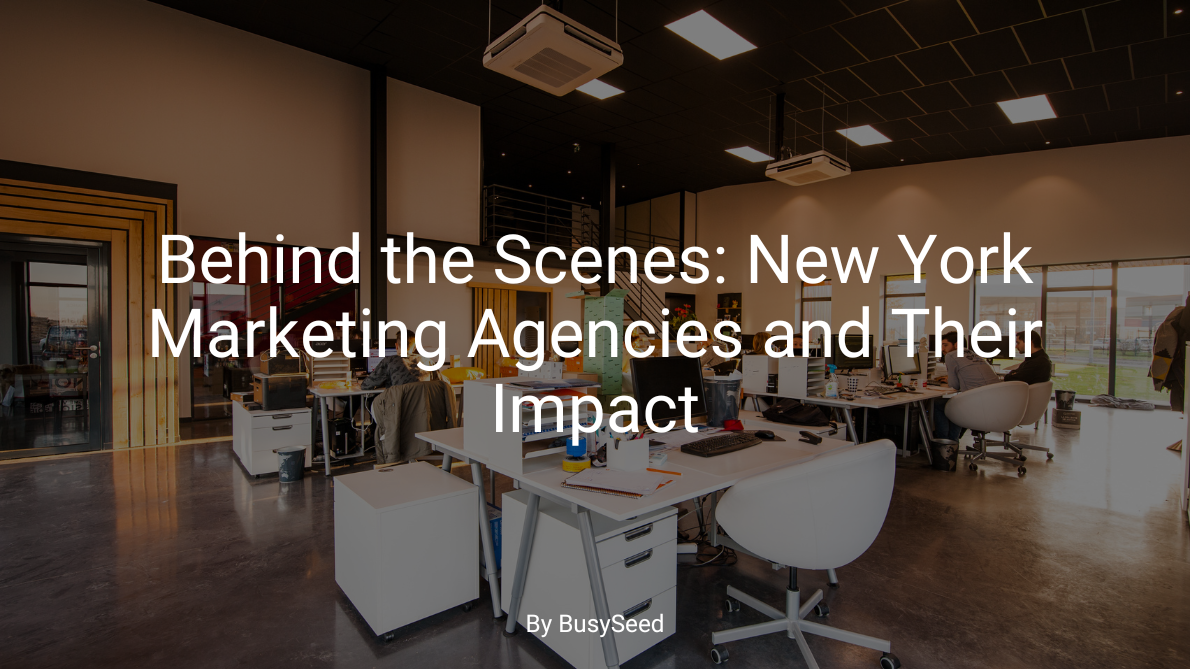

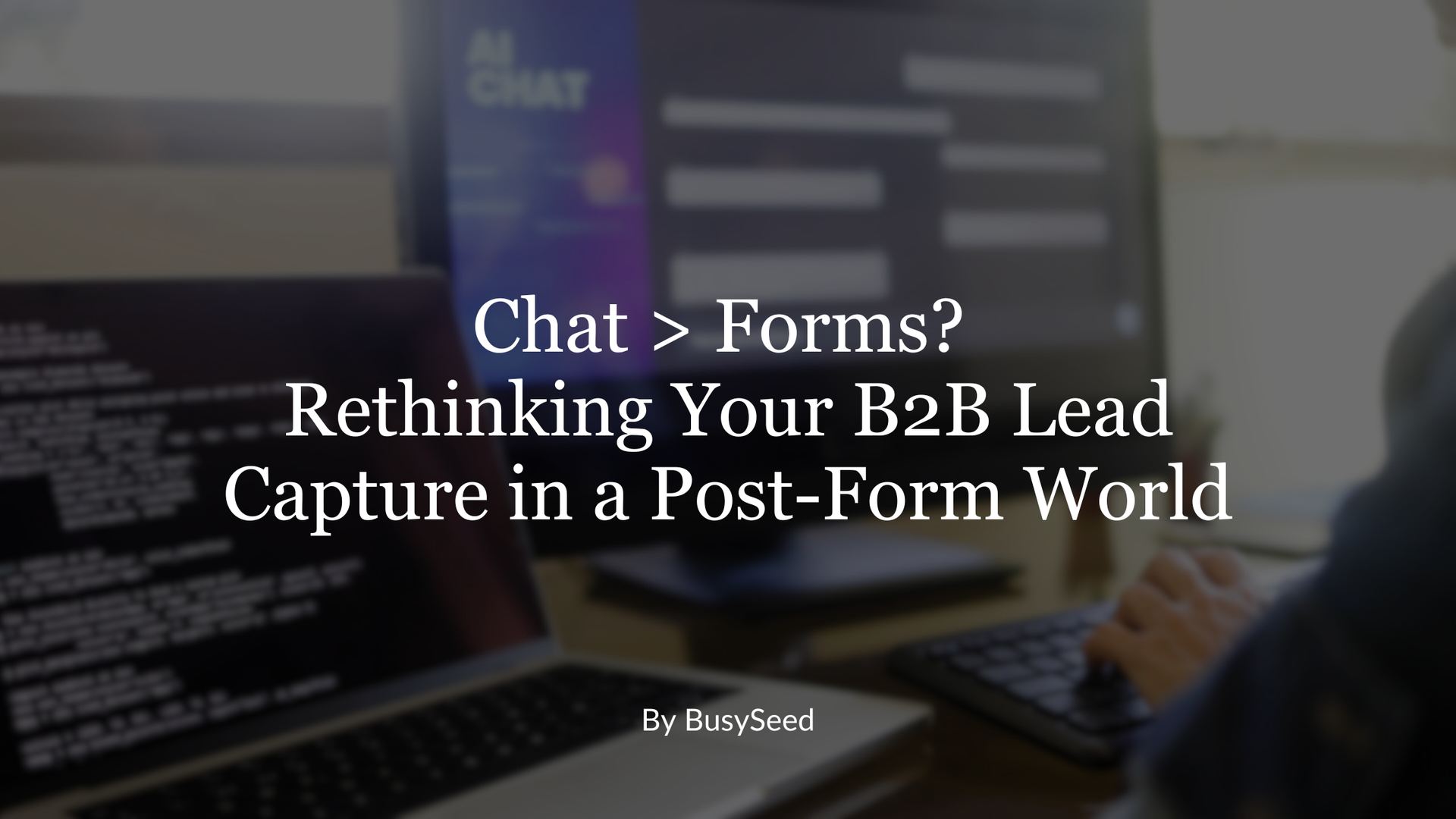 Forms? Rethinking Your B2B Lead Capture in a Post-Form World"." onerror="handleImageLoadError(this)"/>
Forms? Rethinking Your B2B Lead Capture in a Post-Form World"." onerror="handleImageLoadError(this)"/>
